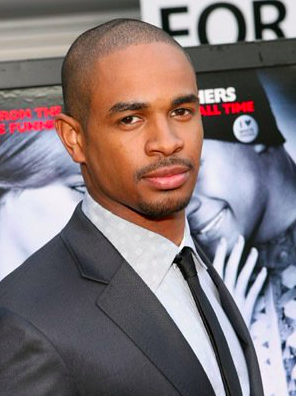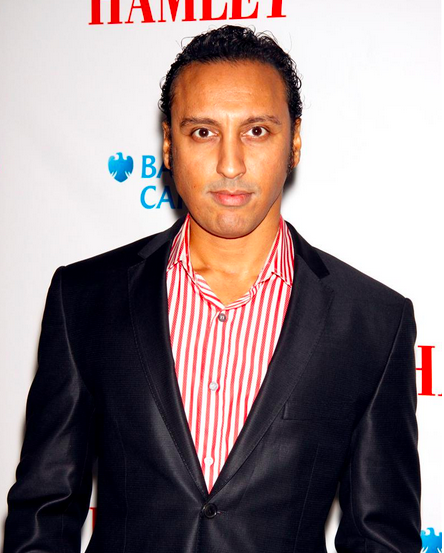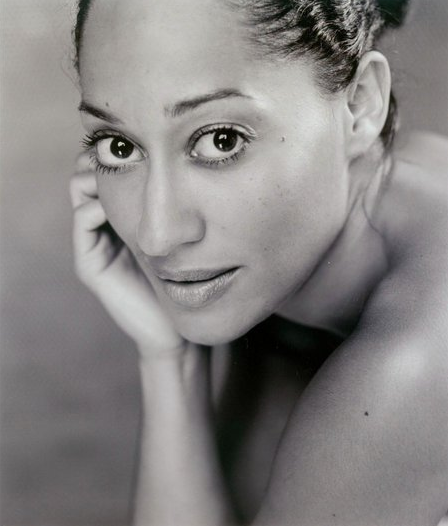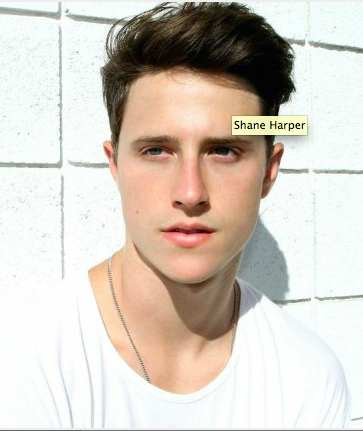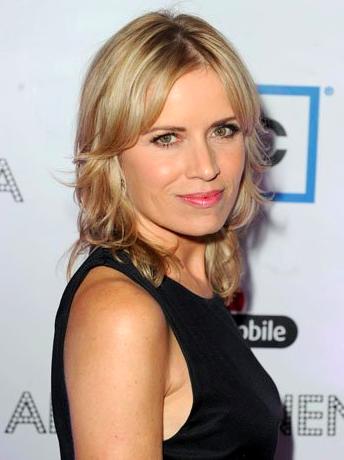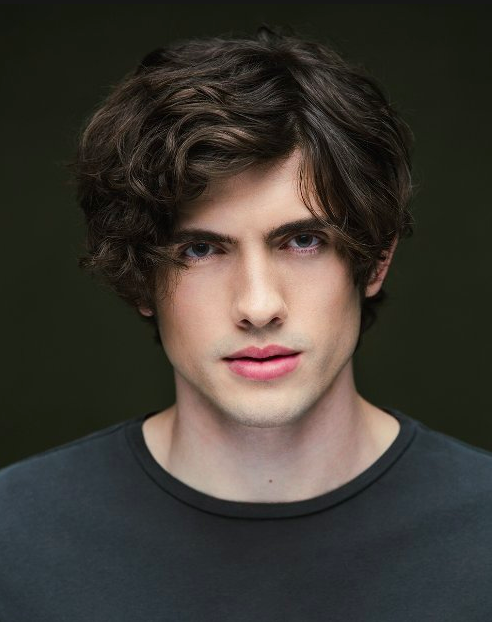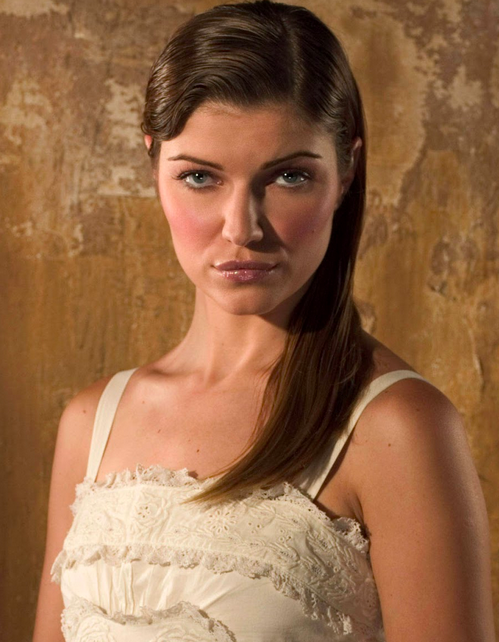The Writing Process: Notes No No-s
/I use a specific technique to give notes that allows me to be of service, whether I like the content or not. I ask the writer/artist what they are trying to say with the work. That way, it is not about me and my taste, but about whether what they have done is getting their message across. Telling someone how I think the work should be different (i.e. “better”) doesn’t help the creator achieve his or her vision. It’s not up to me to judge if something is good or bad—it simply either succeeds at executing its vision, or it doesn’t. Using this idea, I can constructively give notes on anything, even if it’s not to my taste.
It also helps keep notes clear and focused.I’ve seen people get an idea for how someone can change their work, get super excited about it and go off on a tangent. But often, the new idea has nothing to do with the story the writer is trying to tell (I’ve been guilty of this, too). Or, similarly, some suggest arbitrary changes that are based on individual taste (“I hate Seattle, set it in Portland,” “Broad comedies aren’t my thing, I think this should be a quirky rom-com”), rather than what serves the writer’s vision.
I experienced this in writing groups and workshops so often, that I now have a rule in my classes. If someone is workshopping material and opens it up to the class, I first ask them what information they’re looking for. Then, I instruct the students to only make comments/suggestions that answer the writer’s questions, clarify something confusing, or work to the writer’s specific goal.
Tomorrow: The Writing Process: Killing Babies


